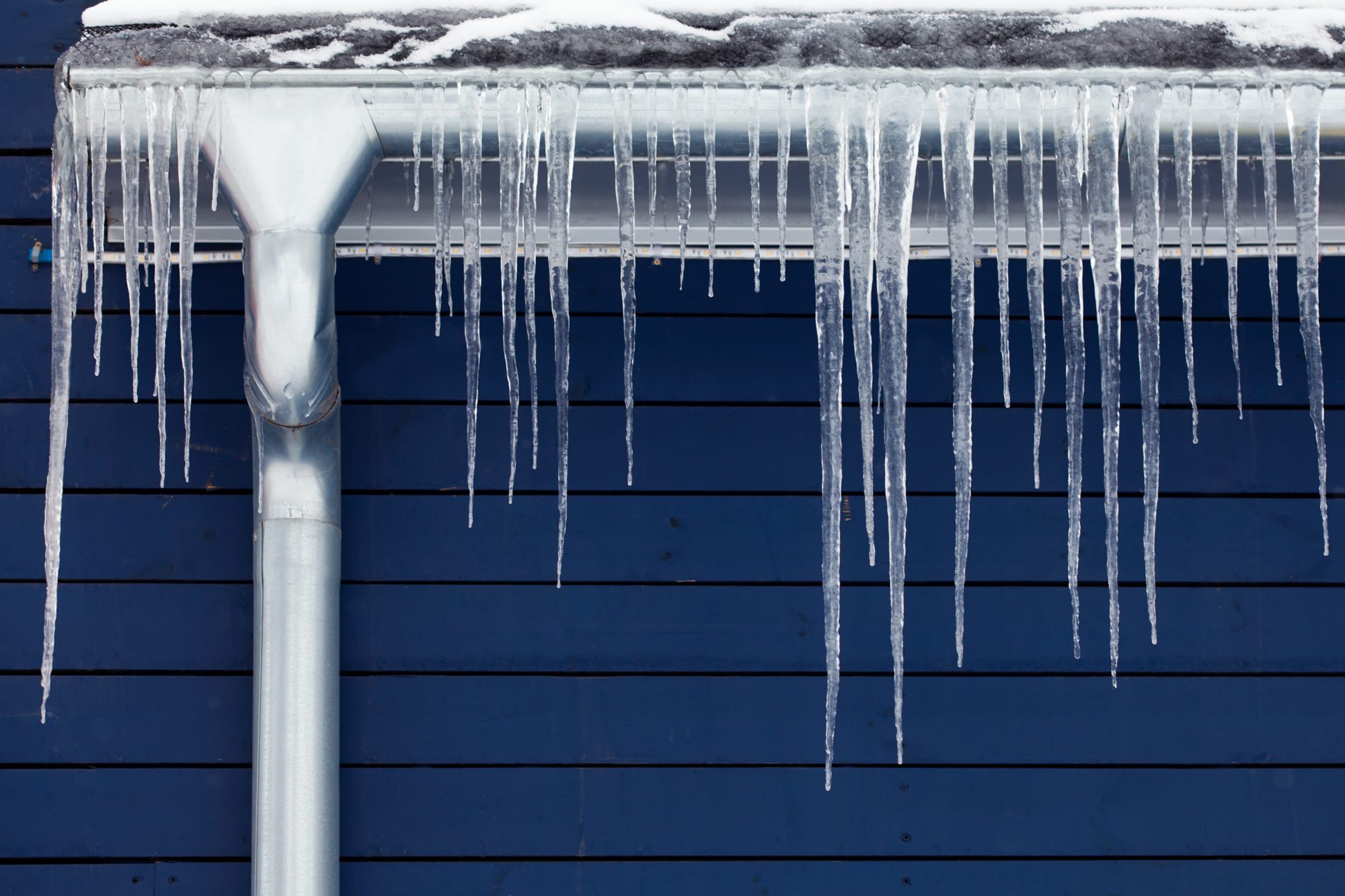Important Advice to Avoid Frozen Pipes in Winter: Specialist Insights
Important Advice to Avoid Frozen Pipes in Winter: Specialist Insights
Blog Article
In this article in the next paragraphs you can discover more extremely good data related to How to prepare your home plumbing for winter weather.

Cold weather can ruin your plumbing, especially by freezing pipes. Here's just how to avoid it from happening and what to do if it does.
Intro
As temperatures decline, the risk of icy pipes boosts, possibly resulting in pricey repairs and water damages. Comprehending how to avoid icy pipes is crucial for house owners in cold climates.
Avoidance Tips
Shielding vulnerable pipes
Wrap pipelines in insulation sleeves or use warm tape to shield them from freezing temperatures. Focus on pipelines in unheated or external areas of the home.
Home heating techniques
Maintain indoor rooms adequately heated up, particularly locations with plumbing. Open up cupboard doors to permit warm air to distribute around pipes under sinks.
Exactly how to determine icy pipelines
Search for lowered water flow from faucets, uncommon smells or noises from pipelines, and visible frost on subjected pipelines.
Long-Term Solutions
Structural adjustments
Take into consideration rerouting pipelines far from outside wall surfaces or unheated areas. Add additional insulation to attic rooms, cellars, and crawl spaces.
Upgrading insulation
Purchase premium insulation for pipelines, attics, and wall surfaces. Correct insulation assists keep regular temperatures and decreases the danger of icy pipelines.
Protecting Exterior Pipes
Garden hoses and outdoor taps
Separate and drain garden pipes before winter season. Install frost-proof spigots or cover outdoor faucets with insulated caps.
Comprehending Frozen Pipes
What creates pipes to freeze?
Pipes ice up when exposed to temperature levels listed below 32 ° F (0 ° C) for extended durations. As water inside the pipes ices up, it expands, putting pressure on the pipeline wall surfaces and potentially creating them to burst.
Threats and damages
Icy pipelines can lead to water supply interruptions, home damage, and expensive repair work. Ruptured pipelines can flooding homes and create substantial structural damages.
Indications of Frozen Pipes
Recognizing frozen pipes early can prevent them from bursting.
What to Do If Your Pipelines Freeze
Immediate actions to take
If you suspect frozen pipelines, maintain faucets available to alleviate pressure as the ice melts. Use a hairdryer or towels soaked in warm water to thaw pipelines slowly.
Verdict
Protecting against icy pipes needs proactive actions and quick responses. By recognizing the causes, indications, and preventive measures, house owners can safeguard their pipes during cold weather.
5 Ways to Prevent Frozen Pipes
Drain Outdoor Faucets and Disconnect Hoses
First, close the shut-off valve that controls the flow of water in the pipe to your outdoor faucet. Then, head outside to disconnect and drain your hose and open the outdoor faucet to allow the water to completely drain out of the line. Turn off the faucet when done. Finally, head back to the shut-off valve and drain the remaining water inside the pipe into a bucket or container. Additionally, if you have a home irrigation system, you should consider hiring an expert to clear the system of water each year.
Insulate Pipes
One of the best and most cost-effective methods for preventing frozen water pipes is to wrap your pipes with insulation. This is especially important for areas in your home that aren’t exposed to heat, such as an attic. We suggest using foam sleeves, which can typically be found at your local hardware store.
Keep Heat Running at 65
Your pipes are located inside your walls, and the temperature there is much colder than the rest of the house. To prevent your pipes from freezing, The Insurance Information Institute suggests that you keep your home heated to at least 65 degrees, even when traveling. You may want to invest in smart devices that can keep an eye on the temperature in your home while you’re away.
Leave Water Dripping
Moving water — even a small trickle — can prevent ice from forming inside your pipes. When freezing temps are imminent, start a drip of water from all faucets that serve exposed pipes. Leaving a few faucets running will also help relieve pressure inside the pipes and help prevent a rupture if the water inside freezes.
Open Cupboard Doors
Warm your kitchen and bathroom pipes by opening cupboards and vanities. You should also leave your interior doors ajar to help warm air circulate evenly throughout your home.

I am very involved in 6 Ways to Prevent Frozen Pipes and I'm hoping you enjoyed the new blog entry. Sharing is caring. Who knows, you may just be doing someone a favor. Thank you so much for your time invested reading it.
Call Us Today Report this page